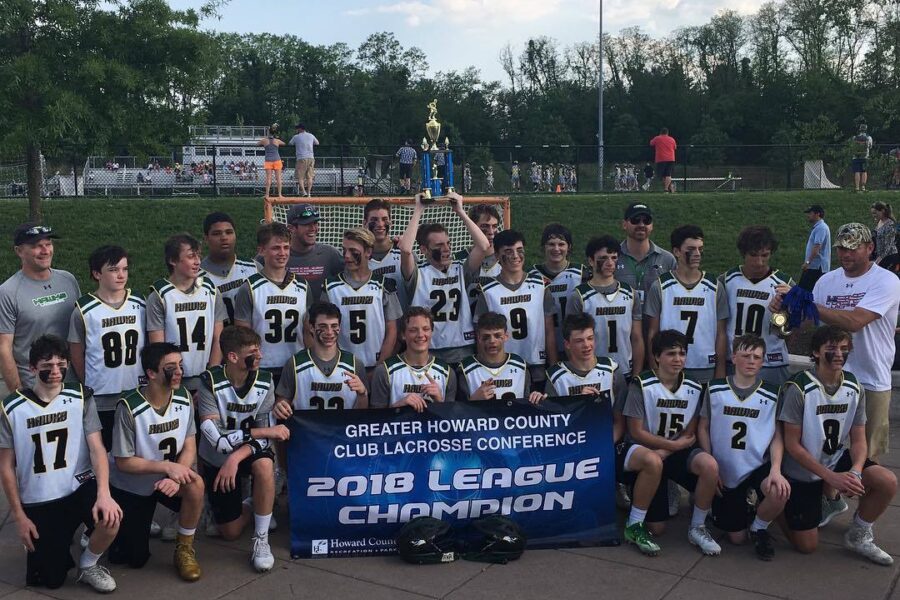Maryland Lacrosse Club Uses Video to Improve All Ages

Former Div. I lacrosse coach uses video across his youth teams to drive development.
When he had the opportunity to bring video to his youth programs, it was a no-brainer for Matt Hogan, CEO and founder of the Annapolis Hawks Lacrosse Club and HoganLax. As a former Division I college lacrosse coach, he understood the advantage video could add for his players.
Originally, the Maryland-based club only adopted video for the older age groups—middle school teams and up. But after experiencing video’s power firsthand, the club extended the offering to younger ages as well.
“We didn’t get it for our third- and fourth-graders initially. We had mixed emotions about it,” Hogan said. “But what happened was as other teams saw older teams using it, they saw the value. And as soon as they saw the value, they wanted to start using it too.”
As technology has evolved, the way younger generations learn has too. Studies prove Generation Z individuals spend more than six hours each day on the internet, texting or engaging on social media. They respond best to visual stimuli.
“There is this big idea out there that all players learn different ways,” Hogan said. “There are different ways to learn and the more variety of ways we can teach, the more likely we are going to tap into everybody’s learning ability.”
Video is one of those key learning outlets for players of all ages.
“I think video doesn’t lie and I think it really helps our players learn what they’re doing and learn our schemes. I think any time anybody watches film, if they are doing a good job watching film, they are going to learn from it to become better coaches or better players because of it.”